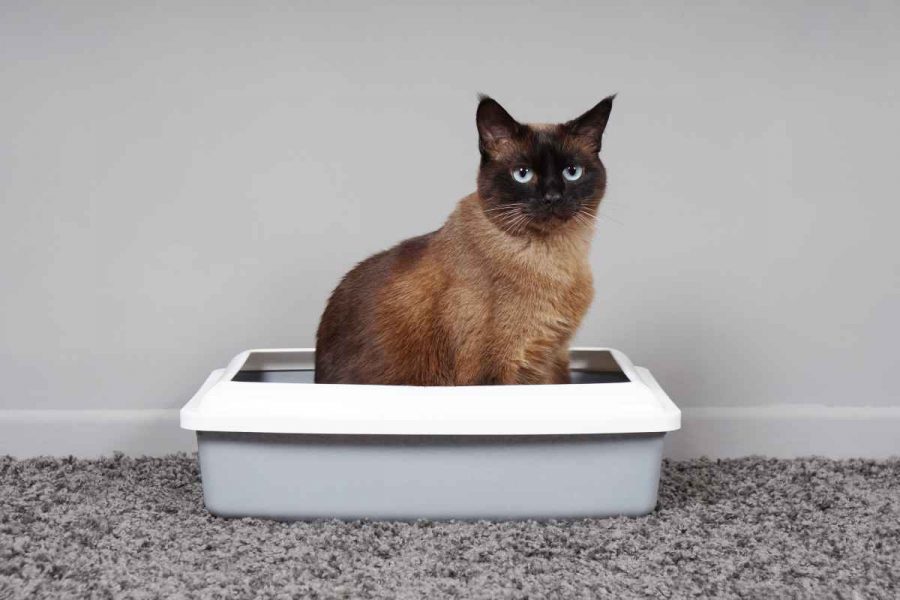The cat litter box is the first and indispensable accessory to purchase when you decide to have a cat in your home: it is an essential space for your cat’s well-being safety and also where it does its business.
It must be placed in a quiet, secluded space that allows your cat to feel at ease and that offers them the guarantee of being able to escape in the event of danger. But how to clean the litter box, where to put it and which model to choose? Let’s take a look at the details.
The litter box
At home, cats look for soft, sandy soil in which to dig for their needs, and although there are different types of litter and sand, it is essential that the litter is always easy to clean and made of absorbent materials. It must also be placed in a strategic place where the cat feels comfortable, but it must also be easy for the cat’s owner to maintain.
Types of litter boxes
Cats are very hygienic animals and are also very clean in the home, but it is necessary to choose the type of litter box that best suits their needs. There are two main types of litter, fine-grained and coarse-grained.

Agglomerating cat litter
This is a type of litter based on bentonite, which is made from clay that dissolves in contact with liquids, forming small balls after the cat has deposited its leavings. It is easy to clean because only the agglomerated part needs to be removed with a simple shovel, without the need to empty it every time. It is practical and clean and eliminates odours.
Non-agglomerating anti-odour cat litter
Non-agglomerating anti-odour cat litter, on the other hand, consists of clay derivatives, but does not form pellets. It absorbs liquids while solids are buried by the cat itself. Therefore this type of litter must be constantly cleaned and emptied every time. Perfect for effective odour control.
Self-cleaning cat litter
Self-cleaning cat litter has a grid and a rotation system that separates the lumps to be removed from the part of the litter that is still clean.
Silicon cat litter
Silicon crystals have a high absorptive capacity and guarantee maximum hygiene and minimum odours, but they are rather expensive, not forgetting that silicon contains allergenic substances that could trigger allergic reactions in kittens and is not very sustainable for the environment.
Vegetable and biodegradable cat litters
If you want something environmentally friendly, then choose cat litter made from biodegradable organic material such as maize, which can also be flushed down the toilet. They are made from materials such as paper, wood, wood shavings, sawdust, compost and pellets: they are very sustainable and fairly agglomerative, but they tend to become saturated over time and need to be cleaned very often.
